Storm front over Lake Superior (US)
Click on image for full size
Courtesy of EPA
Weather Fronts
When a front passes over an area, it means a change in the weather. Many fronts cause weather events such as rain, thunderstorms, gusty winds, and tornadoes. At a cold front passes there may there may be dramatic thunderstorms. At a warm front there may be low stratus clouds. Usually the skies clear once the front has passed.
A weather front is a border between two different air masses at the Earth’s surface. Each air mass has its own characteristics such as temperature and humidity. Where two different air masses come in contact, the line between them is a front. Often there is turbulence where those different air masses come together. The turbulence can cause clouds and storms.
While many fronts cause storms and clouds, some fronts do not cause dramatic weather events, just a change in the temperature. However, a few fronts start Earth’s largest storms. Tropical waves, fronts that develop in the tropical Atlantic Ocean off the coast of Africa, are able to develop into tropical storms or hurricanes if conditions allow.
Fronts move over time as the air masses move. The direction that fronts move is often guided by high winds such as Jet Streams. Landforms like mountains can also change the path of a front.
There are 4 different types of fronts: cold fronts, warm fronts, stationary fronts, and occluded fronts.
Last modified August 12, 2009 by Lisa Gardiner.
You might also be interested in:
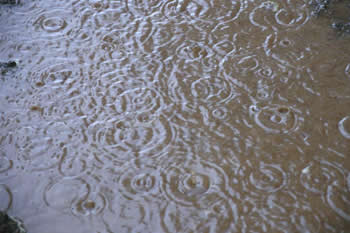
Rain is precipitation that falls to the Earth in drops of 5mm or more in diameter according to the US National Weather Service. Virga is rain that evaporates before reaching the ground. Raindrops form
...more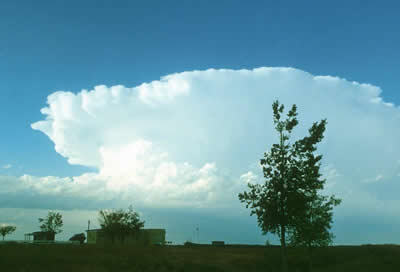
Thunderstorms are one of the most thrilling and dangerous types of weather phenomena. Over 40,000 thunderstorms occur throughout the world each day. Thunderstorms form when very warm, moist air rises into
...more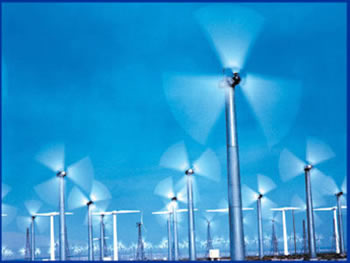
Wind is moving air. Warm air rises, and cool air comes in to take its place. This movement creates different pressures in the atmosphere which creates the winds around the globe. Since the Earth spins,
...more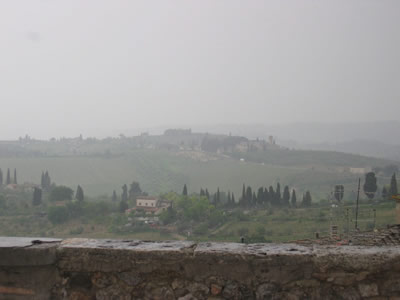
Stratus clouds belong to the Low Cloud (surface-2000m up) group. They are uniform gray in color and can cover most or all of the sky. Stratus clouds can look like a fog that doesn't reach the ground.
...more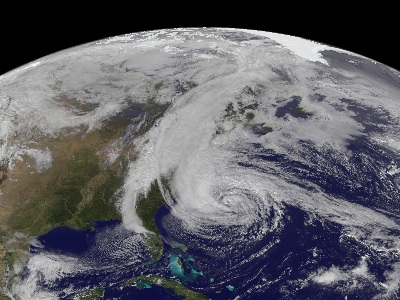
As a strong hurricane heads towards the coast, people prepare - boarding up houses, packing the car, and evacuating. These storms can spell disaster for people in hurricane prone areas, so they are taken
...more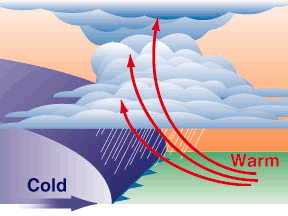
On Earth, cold fronts occur when heavy cold air pushes lighter warm air upwards. Cumulus clouds form and usually grow into thunderstorms. Rain, snow, sleet, and hail can occur with a cold front on Earth.
...more
Weather fronts can cause clouds to form. Fronts occur when two large masses of air collide at the Earth's surface. Warm fronts produce clouds when warm air replaces cold air by sliding above it. Many different
...more















